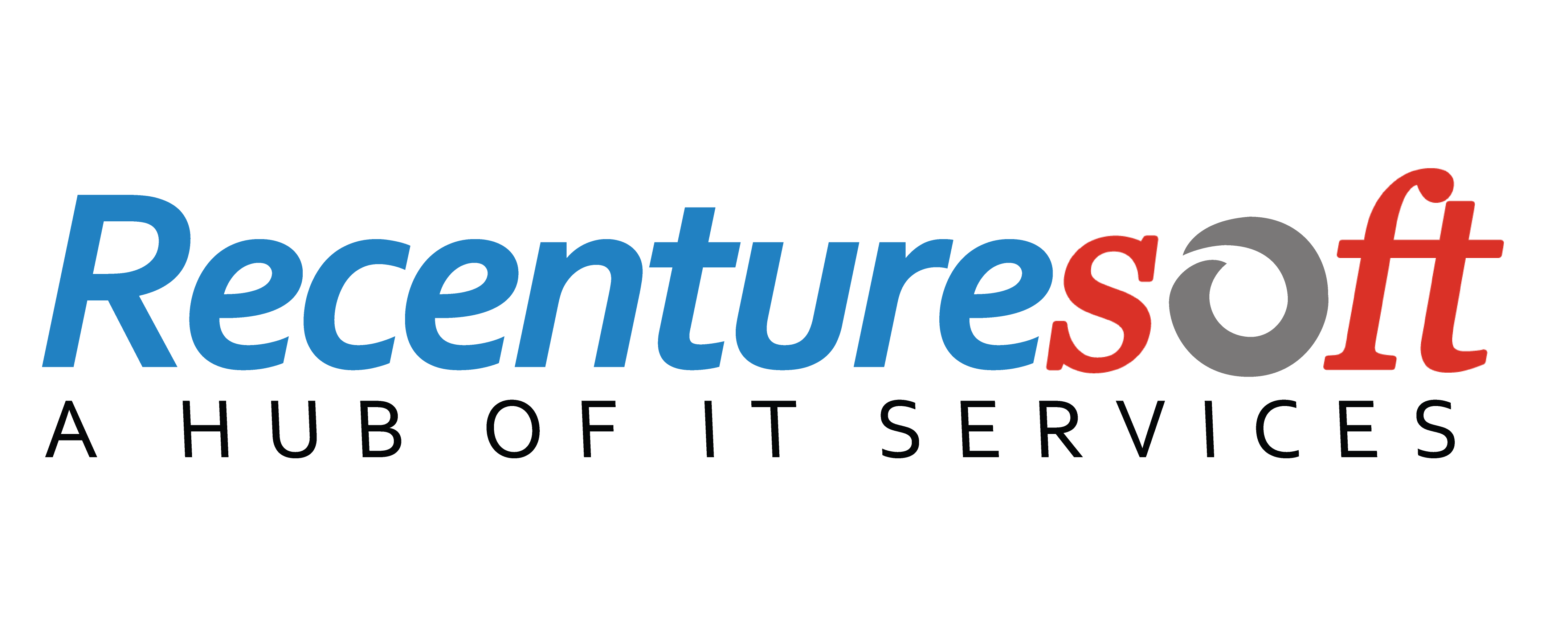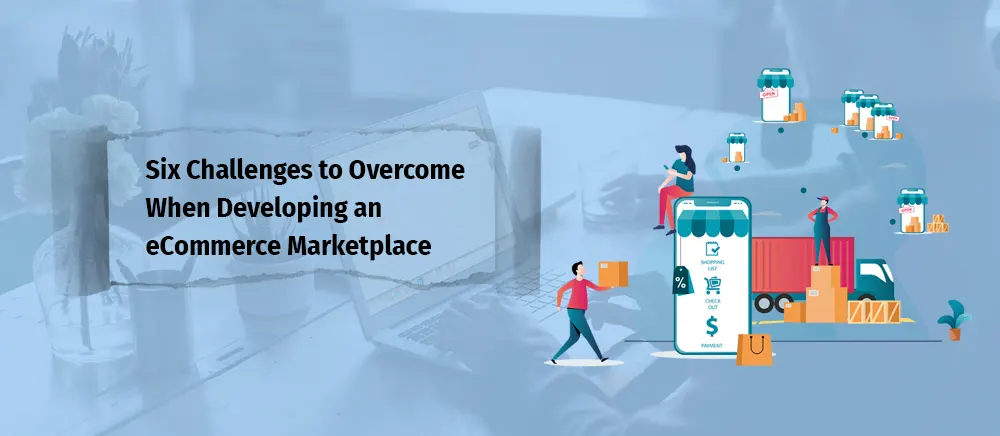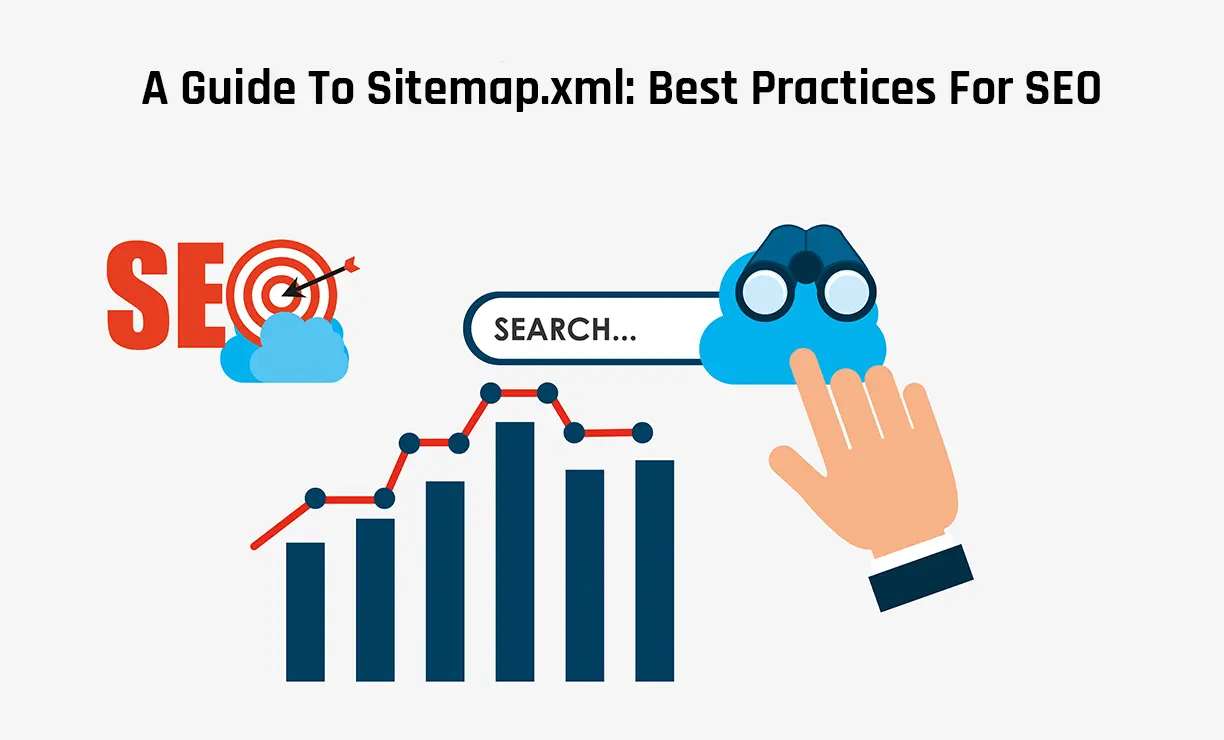The online shopping segment is in its booming stage. Through new technologies and connectivity, customers around the world are always there to buy something or the other. Customers are searching and sharing information on the go and making purchase decisions quicker than ever.
ECommerce businesses are gaining a lot of popularity amongst customers worldwide. Several businesses are doing extremely well in their specific domains, owing to the latest technologies and frameworks being applied to the platforms to provide an excellent user experience.
E-commerce Marketplace from Business Point-of-view
The problem with such a wide user base is that the business constantly needs to keep improving and innovating its service offerings to stay at the top of the game. E-commerce champions like Amazon and eBay have already marked their presence in the global landscape. These eCommerce leaders have paved their way to success by using innovative technologies and practices to enhance customer satisfaction, therefore getting higher ROI.
Time and again, advancements in technology have developed opportunities for business leaders to transform trends into profits. In today's world, the eCommerce industry has evolved with state-of-the-art technologies like user segmentation and smart chatbots. Users are being offered a personalised browsing experience with tempting deals and offers. Moving forward, technologies such as - vertical eCommerce, data analytics, virtual reality tech and data analytics will aid eCommerce success in the future.
E-commerce Marketplace from Customer Point-of-view
Users are consistently looking for a hassle-free and smooth shopping experience, which is why they prefer shopping through mobile devices rather than desktops. The user wants to complete the entire buying process through just a few clicks and taps. Hence, it's essential to provide them with enough room for comparative analysis and reading reviews of the previous consumers. An eCommerce business can ensure higher conversion and customer retention rates by delivering a seamless browsing experience across all devices and platforms.
It's a fact that web dynamics are ever-changing across the world of online shopping. While every new business desires to be ahead of the competition, not everyone can convert the opportunity into a successful business model. Listed below are the challenges eCommerce businesses have to tackle while building a marketplace:-
Acquisition Channels - Preference and Optimization
Users likely interact with your marketplace through various marketing channels and you may no longer depend on just one acquisition platform to navigate sales and conversions.
It takes nearly seven to thirteen pushes before you turn a visitor into a customer. In his journey from awareness about the product to buying that product and beyond, the user goes through various channels on distinctive devices.
When your buyer persona is set, you know about your audience behaviour and their channel engagements. You must be in the position to identify channels that have more interaction conversions on the eCommerce marketplace and segment the potential ones.
When starting with an eCommerce store, opt for no more than two acquisition channels because it's easy to handle and comprehend your budget.
Common Obstacles
It's not unusual that eCommerce companies burn their acquisition by trusting non-optimized funnels on several acquisition channels. It mainly happens because they get overwhelmed by the volume of traffic on their websites and avoid confirming if they're the target audience for your business. As a result, the budget reaches a scope and it becomes hard to cut the losses.
Solution
Make sure that each of your acquisition channels works collectively with each other. It requires individual optimization to promote your product effectively and efficiently. Before selecting an acquisition channel, you must be sure that your target customers are there. Develop a channel-specific marketing campaign, which targets a particular customer segment, integrate it with a small budget and track your customer retention rate with your website or eCommerce analytics.
Market Analysis - Product Sourcing and Positioning
It's a continuous challenge to overcome when operating an eCommerce store.
During your eCommerce website development, you must have a stable source of products whether it comes from manufacturers, retailers, drop shippers or third-party eCommerce platforms. You must have a solid foundation of your products before the prelaunch of your e-commerce store. Decide the product base depending on partnerships, product niche or third party resources.
Common Obstacles
The largest problem faced by high-scale eCommerce marketplace is product information maintenance and import. It's a fact that a retailer's product base fluctuates every once a year.
When shopping in an offline store, the consumers can look and feel the product, get their queries solved immediately and read its package.
Therefore, in an eCommerce store, the seller must provide a short description, image, its variants in shape, size and colour and a list of product specifications to deliver the same experience to the customers.
However, if your eCommerce marketplace has a production base with over 10,000 products it would take you a lot of time just to get your product catalogue operative.
Solution
To overcome this problem, choose a platform that has an application programming interface and import/export functionality. With this feature, you can make use of an excel file to upload the product data and save time.
Buyer Personas - Segmentation and Development
Managing a huge eCommerce store requires a range of customer segmentation and image development. A customer persona is a fabricated response of your potential customer. It allows you to modify the experience for your users, product positioning and synchronise messaging across various channels.
Common Obstacles
Customer segmentation and image development are some of the most difficult tasks for an eCommerce store. Some e-stores go above twenty different customer personas that are difficult to scale, enhance and maintain. But, these marketplaces have broad logistics, which can cope with big data and can make accurate predictions about market and consumer behaviour.
Solution
It's advisable to always select up to four customer personas at the maximum. Or, you may outdo your acquisition and marketing budget. Use your eCommerce and website analytics to track down user patterns, interests and behaviour.
Technologies, Partnership, and Growth
When running an enterprise-level eCommerce store and are looking for growth, one of the major problems is anticipating the future. With promising developments and booming technology in NLP and Artificial Intelligence, markets are more prone to change and disruption.
To ensure a steady development and constant growth, you have to get long-term partnerships with companies that can follow through with your company requirements and development cycle.
Common Obstacles
In this age of constant mergers and acquisitions, the department coherency is degraded by differences in methodology and technology or poor documentation. In a full-scale eCommerce platform, scalability is a common issue.
Many small-scale eCommerce stores don't have a proper goal. They cope with the ongoing and situational problems that arise. When a lot of traffic begins to pour onto their website or application, a range of issues emerge. And, the problems that affect the business efficiency and scalability become bigger.
In a full-scale eCommerce store, these issues are impossible to resolve and may be too expensive during their growth stage. Then, switching to a new framework, establishing a new partnership or getting a new infrastructure will burn your budget and may impact your current customer base.
Solution
To tackle such problems, a business must go with a stable partnership with companies that offset most development processes, sales and acquisition from the beginning and grow with your corporation and e-store.
You must do thorough research and look for a web development company that provides the best web development service to evolve, adapt and attract the target audience. When choosing a web development company, remember, a portfolio isn't enough to make the decision. Many companies list their portfolio elements even if they did just one campaign for the client. You must choose a company depending on their work processes and methodology.
Customer Retention
Your eCommerce store cannot depend on the consistent procurement of new customers. However, it's fun to identify and convert potential customers, it can be far more expensive than retaining existing ones.
You are required to constantly develop trust and earn their loyalty. Doing this needs a shift of concentration from acquiring new customers to solving problems and personalising the user experience of your existing customers.
Several ways can assist you to calculate the rate of retention and give insight into optimising customer lifetime value.
Common Obstacles
Enterprise-level e-stores have issues with customer retention. When working with a broad client base and a vast array of products, it becomes difficult to optimise and scale the business.
Many of the customers probably visit the site once - whether they buy something or not. Customer retention degrades due to delays in communication, trust issues or lack of customer interaction.
It becomes difficult for businesses to create trust when you and the customer can communicate only behind the screen. Customers are keen for assistance not just before the purchase but during and post the sale as well.
Solution
Businesses need to understand that the sales process doesn't end with the product purchase. Your customer continues to interact with you after the sale. Hence, you must engage with them so they make a purchase again in the future and also become a referral point.
An optimal way of customer retention is email marketing - provide email subscriptions to your clients; both new and existing. Engage them by offering discounts, new deals or updates about your products.
You can implement reward systems and referral programs to create long-term relationships with clients and enhance their engagement.
Sales Cycle and Conversion Optimization
As mentioned before, customers go through several pushes before closing a deal. They interact through different channels via several devices. It produces friction in their user journey and can extend it.
You must set triggers to visualise customer's behaviour flow and measure interactions throughout the sales cycle. You can isolate particular paths that may create confusion by setting a key performance indicator on each stage of the cycle.
Common Obstacles
The biggest issue in the sales cycle is the absence of human touch when the customer's about to make a purchase decision. In a brick-and-mortar company, a customer may receive a suggestion from the salesman and ask doubts about the products then and there that are missing in online shopping.
Solution
You can pick your choice from several customer touchpoints to enhance customer interaction like ticketing systems, chatbots, VOIP customer support services, etc. that can be integrated with your Customer Relationship Management System. It will allow you to be available and accessible all the time and offer real-time support to the customers whenever required.
By using this support, you will develop shortcuts to the user journey and interact with your potential customers. It opens up a new sales funnel for your business and you can personalise your offer and deliver suitable products to the customers. An FAQ page is also helpful in providing significant results and reducing the customer's sales cycle.







